Social Security Administration anti-fraud update: Here’s the latest news on changes to SSA claims
If you’ve talked to any senior citizens lately, there’s a good chance they’ve brought up their concerns about looming changes to the anti-fraud policies of the Social Security Administration (SSA). Many seniors are worried that the changes may mean that they will stop receiving their Social Security payments, or that there could be a delay in receiving them. The messaging around Social Security’s anti-fraud changes has been a bit confusing, not to mention constantly evolving. Here’s what you need to know about the latest information available. What’s happened? As Fast Company reported last month, the Trump administration is implementing changes to the SSA’s anti-fraud policies. At the time, it was stated that from March 31, any individuals who began a Social Security benefits claim would be required to travel to a Social Security Administration office to verify their identity in person. This raised grave concerns from lawmakers and senior citizen rights groups since some seniors either have mobility issues, which make it hard to travel, or they live in rural areas, meaning they would need to travel great distances just to verify their identity. After significant public blowback to the requirement, the Trump administration backtracked. In a March 26 statement, the Social Security Administration said it was exempting “individuals applying for Social Security Disability Insurance (SSDI), Medicare, or Supplemental Security Income (SSI) who cannot use a personal my Social Security account” from the in-person requirement, allowing them to complete their claim over the phone. But some other individuals would still need to appear in person at an office to verify their identity, including those who need “to change their direct deposit information for any benefit” if they could not use the online “my Social Security” portal. However, the SSA moved the date back two weeks, from March 31 to April 14. The rules have changed—again Yet now the SSA has announced further changes, likely due to continued concerns from lawmakers and the public. While the April 14 date—next Monday—still holds, not everyone who was originally required to appear in person will now have to, reports NPR. Individuals will now still be able to apply for certain changes over the phone. However, if those individuals are flagged for anti-fraud checks, they will then need to appear in person at a SSA office. According to an unnamed White House official who spoke with NPR, the change was made because the SSA anti-fraud team “implemented new technological capabilities so quickly.” What the new changes mean For now, the bottom line appears to be a less strict stance: From April 14, most people will still be able to manage their Social Security accounts online and on the phone. However, you may still be flagged with a fraud alert. If that happens, you will then need to appear in person at an SSA office. As the SSA posted on its official X account on April 8: “Beginning on April 14, #SocialSecurity will perform an anti-fraud check on all claims filed over the telephone and flag claims that have fraud risk indicators.” In a follow-up post, the agency said that “Individuals that are flagged would be required to perform in-person ID proofing for the claim to be further processed,” adding that “Individuals who are not flagged will be able to complete their claim without any in-person requirements.” Addressing the administration’s reversal of its policy, Max Richtman, president and CEO of the National Committee to Preserve Social Security and Medicare, told NPR that the change was “a victory for Social Security beneficiaries across the country.” He went on to say, “The Trump administration did not change the policy out of the goodness of their hearts. They responded to public pressure.” The reversal will be welcome to the millions of American senior citizens who rely on their Social Security payments to pay the bills. But it’s understandable that the chaotic nature and messaging surrounding the changes have caused so much alarm.
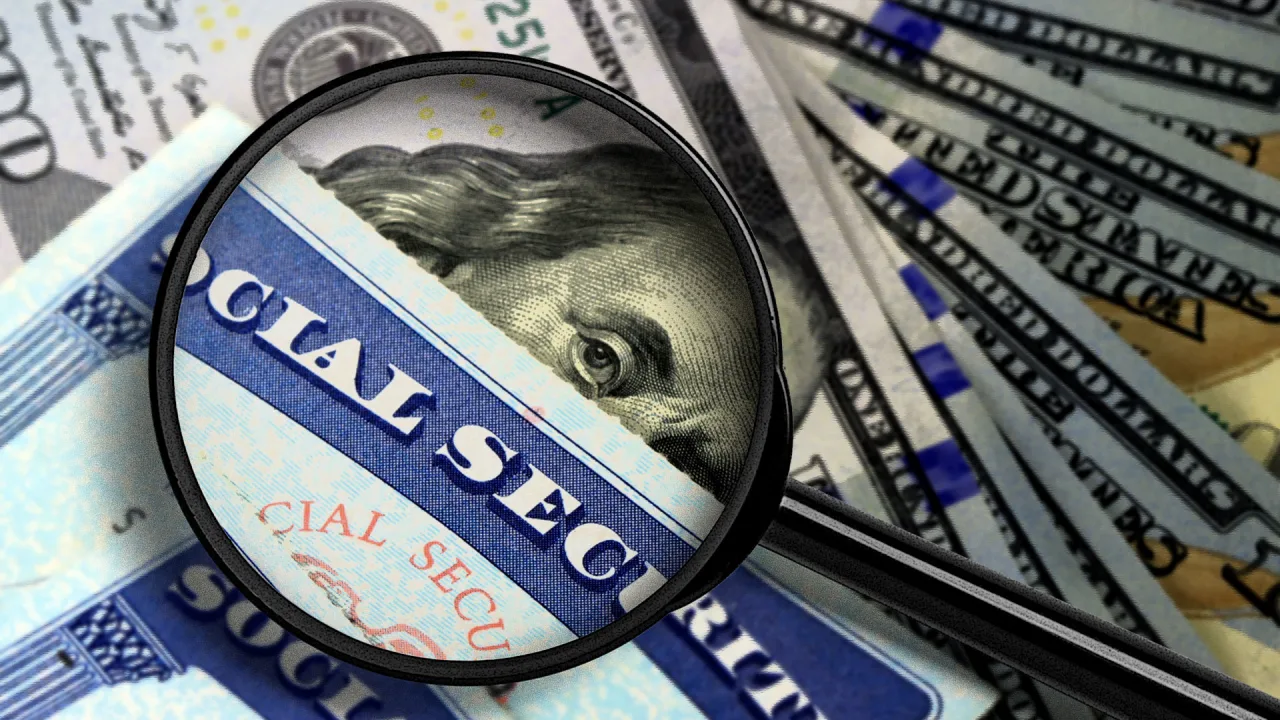
If you’ve talked to any senior citizens lately, there’s a good chance they’ve brought up their concerns about looming changes to the anti-fraud policies of the Social Security Administration (SSA). Many seniors are worried that the changes may mean that they will stop receiving their Social Security payments, or that there could be a delay in receiving them.
The messaging around Social Security’s anti-fraud changes has been a bit confusing, not to mention constantly evolving. Here’s what you need to know about the latest information available.
What’s happened?
As Fast Company reported last month, the Trump administration is implementing changes to the SSA’s anti-fraud policies. At the time, it was stated that from March 31, any individuals who began a Social Security benefits claim would be required to travel to a Social Security Administration office to verify their identity in person.
This raised grave concerns from lawmakers and senior citizen rights groups since some seniors either have mobility issues, which make it hard to travel, or they live in rural areas, meaning they would need to travel great distances just to verify their identity.
After significant public blowback to the requirement, the Trump administration backtracked. In a March 26 statement, the Social Security Administration said it was exempting “individuals applying for Social Security Disability Insurance (SSDI), Medicare, or Supplemental Security Income (SSI) who cannot use a personal my Social Security account” from the in-person requirement, allowing them to complete their claim over the phone.
But some other individuals would still need to appear in person at an office to verify their identity, including those who need “to change their direct deposit information for any benefit” if they could not use the online “my Social Security” portal. However, the SSA moved the date back two weeks, from March 31 to April 14.
The rules have changed—again
Yet now the SSA has announced further changes, likely due to continued concerns from lawmakers and the public. While the April 14 date—next Monday—still holds, not everyone who was originally required to appear in person will now have to, reports NPR.
Individuals will now still be able to apply for certain changes over the phone. However, if those individuals are flagged for anti-fraud checks, they will then need to appear in person at a SSA office.
According to an unnamed White House official who spoke with NPR, the change was made because the SSA anti-fraud team “implemented new technological capabilities so quickly.”
What the new changes mean
For now, the bottom line appears to be a less strict stance: From April 14, most people will still be able to manage their Social Security accounts online and on the phone.
However, you may still be flagged with a fraud alert. If that happens, you will then need to appear in person at an SSA office.
As the SSA posted on its official X account on April 8: “Beginning on April 14, #SocialSecurity will perform an anti-fraud check on all claims filed over the telephone and flag claims that have fraud risk indicators.”
In a follow-up post, the agency said that “Individuals that are flagged would be required to perform in-person ID proofing for the claim to be further processed,” adding that “Individuals who are not flagged will be able to complete their claim without any in-person requirements.”
Addressing the administration’s reversal of its policy, Max Richtman, president and CEO of the National Committee to Preserve Social Security and Medicare, told NPR that the change was “a victory for Social Security beneficiaries across the country.” He went on to say, “The Trump administration did not change the policy out of the goodness of their hearts. They responded to public pressure.”
The reversal will be welcome to the millions of American senior citizens who rely on their Social Security payments to pay the bills. But it’s understandable that the chaotic nature and messaging surrounding the changes have caused so much alarm.











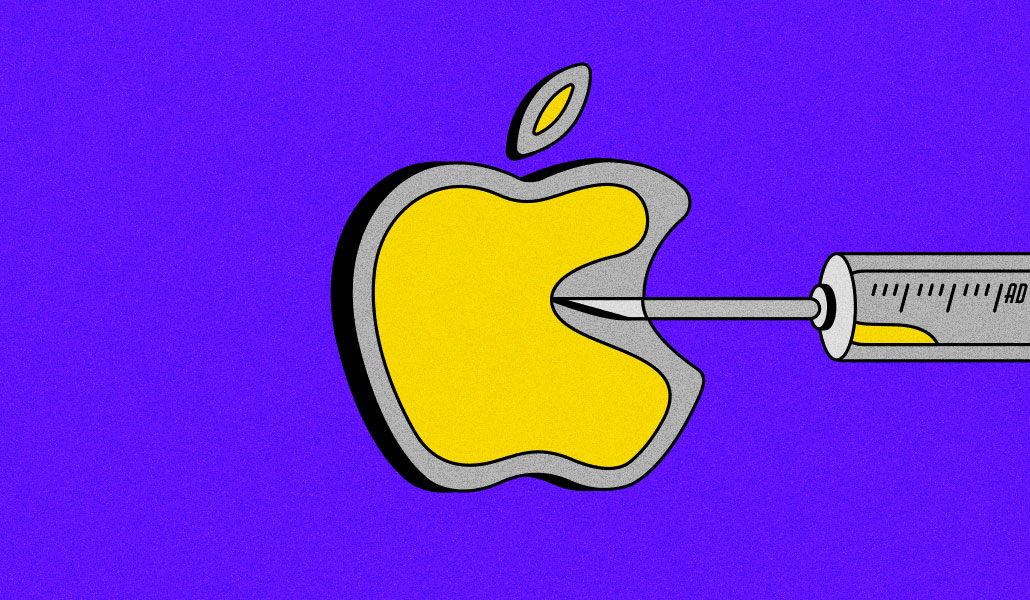


![31 Top Social Media Platforms in 2025 [+ Marketing Tips]](https://static.semrush.com/blog/uploads/media/0b/40/0b40fe7015c46ea017490203e239364a/most-popular-social-media-platforms.svg)





















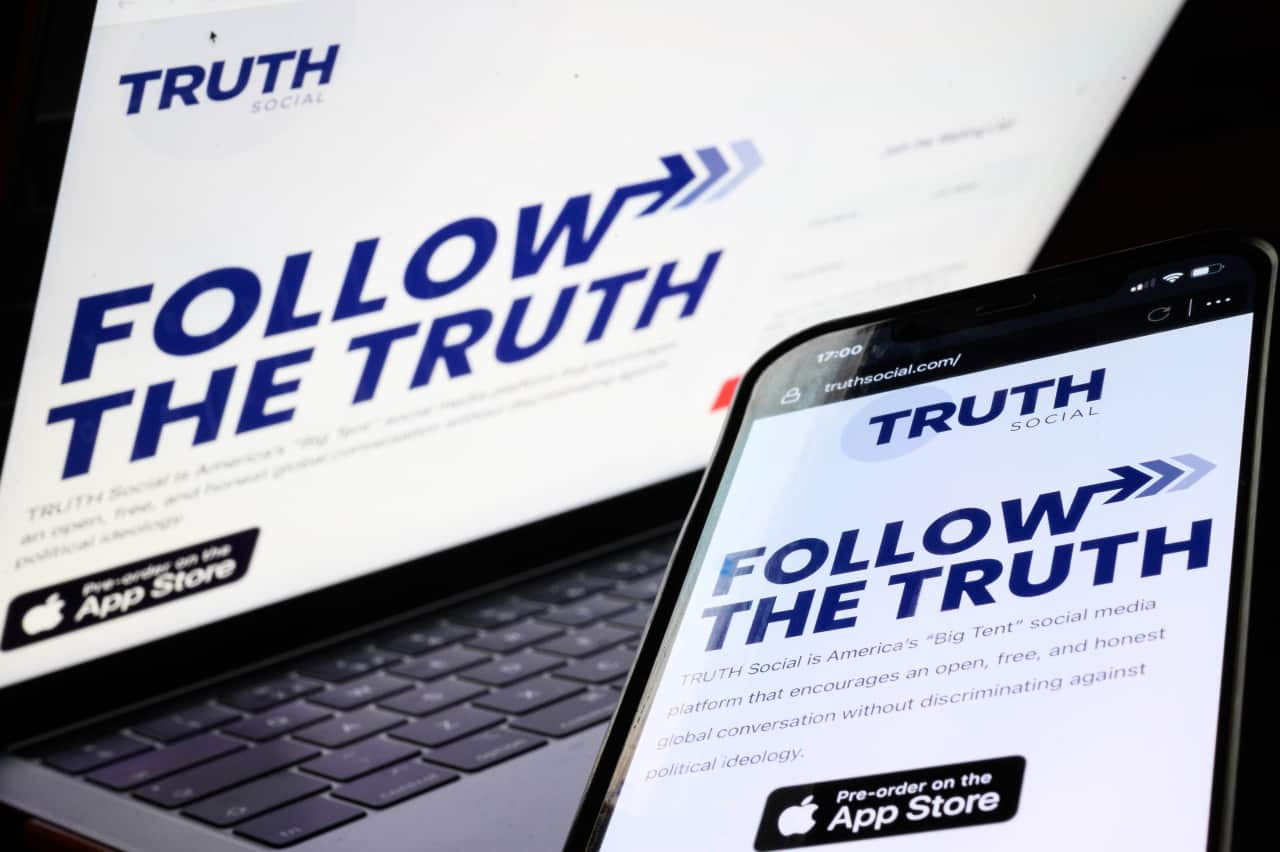





































































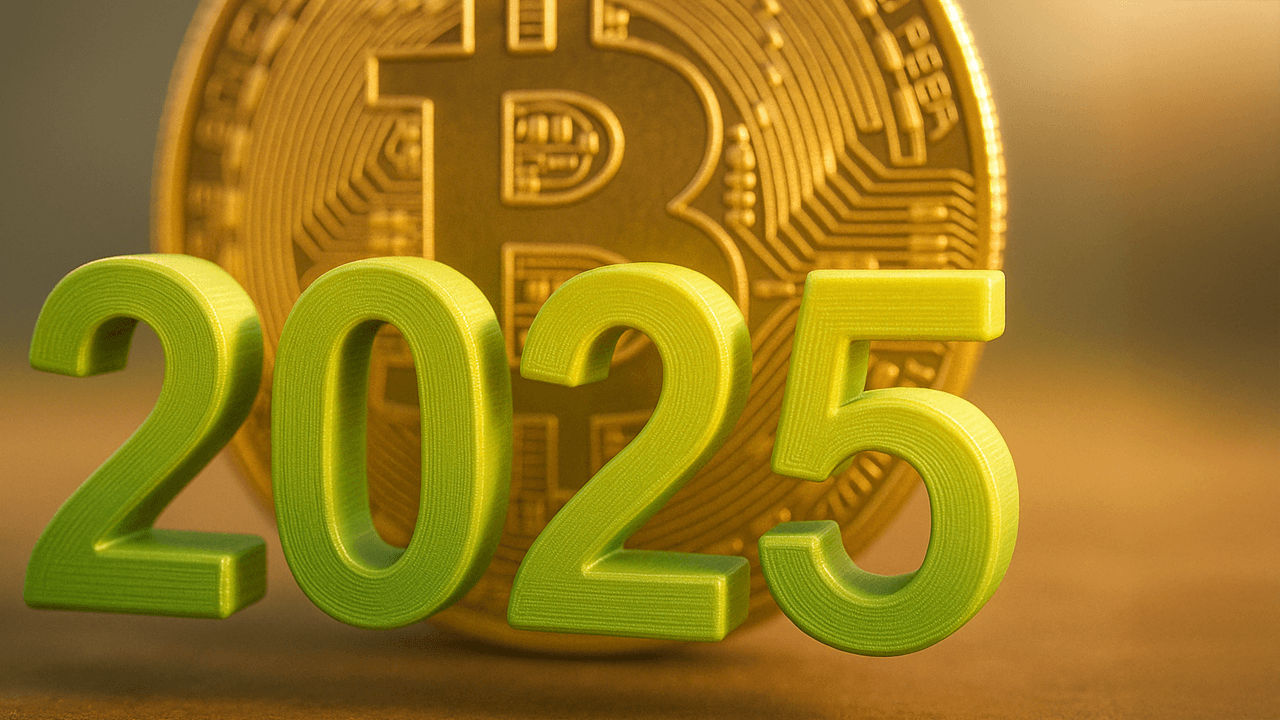
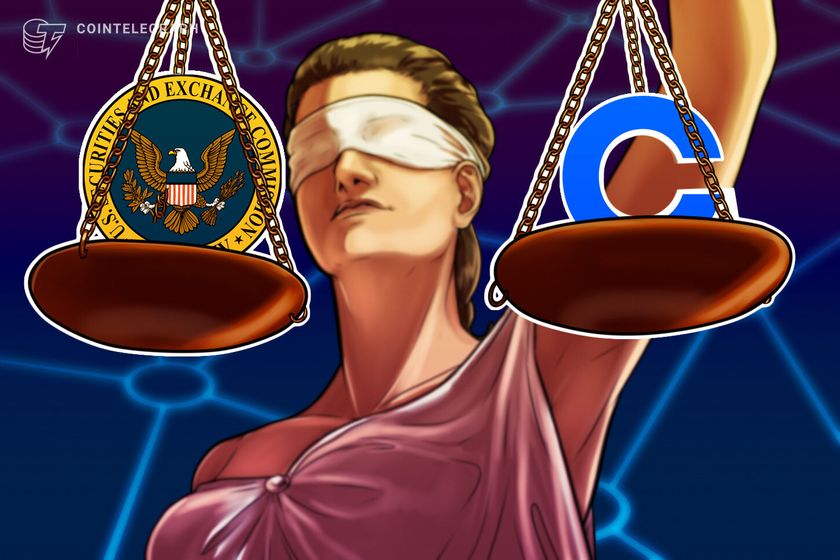


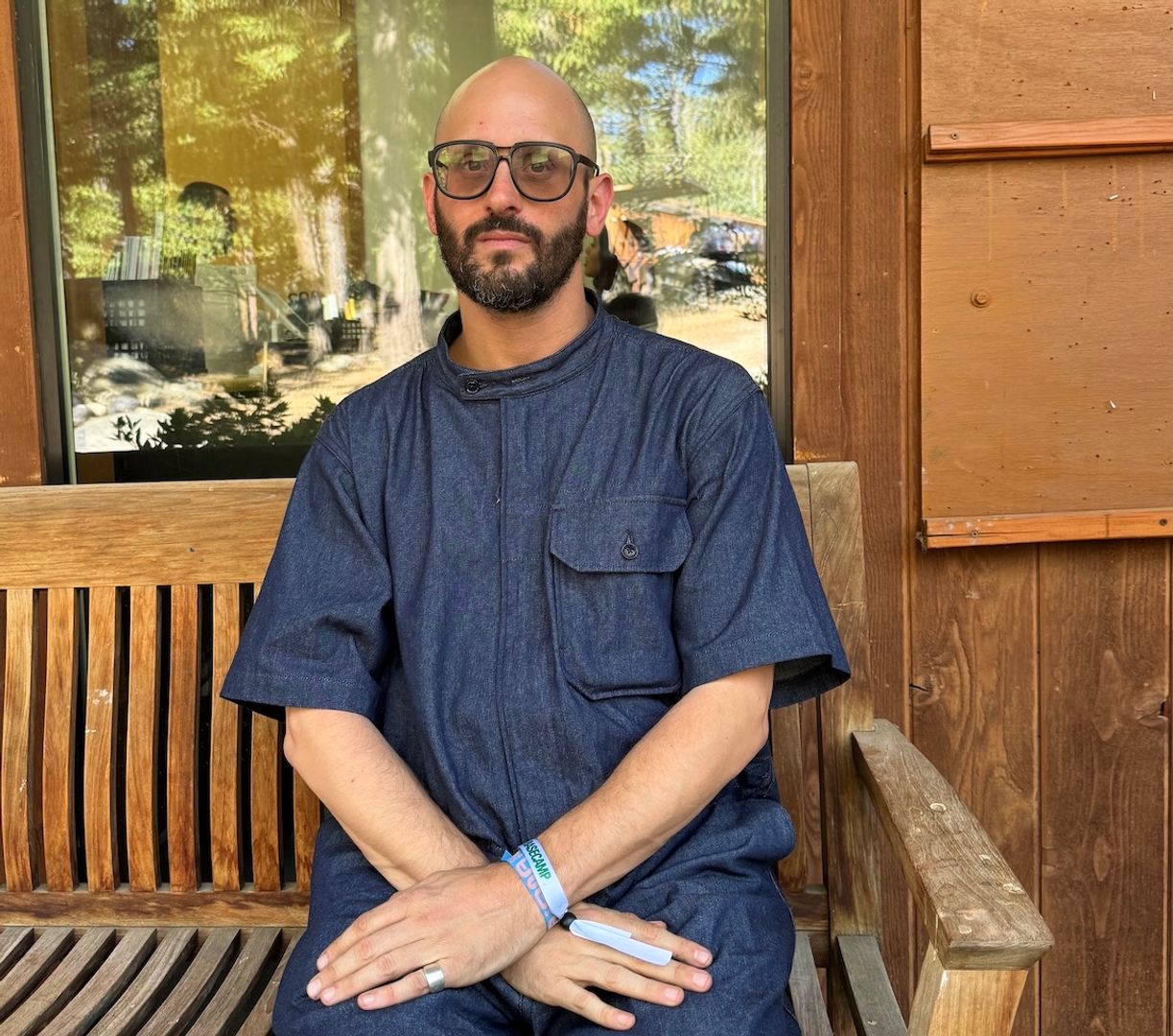

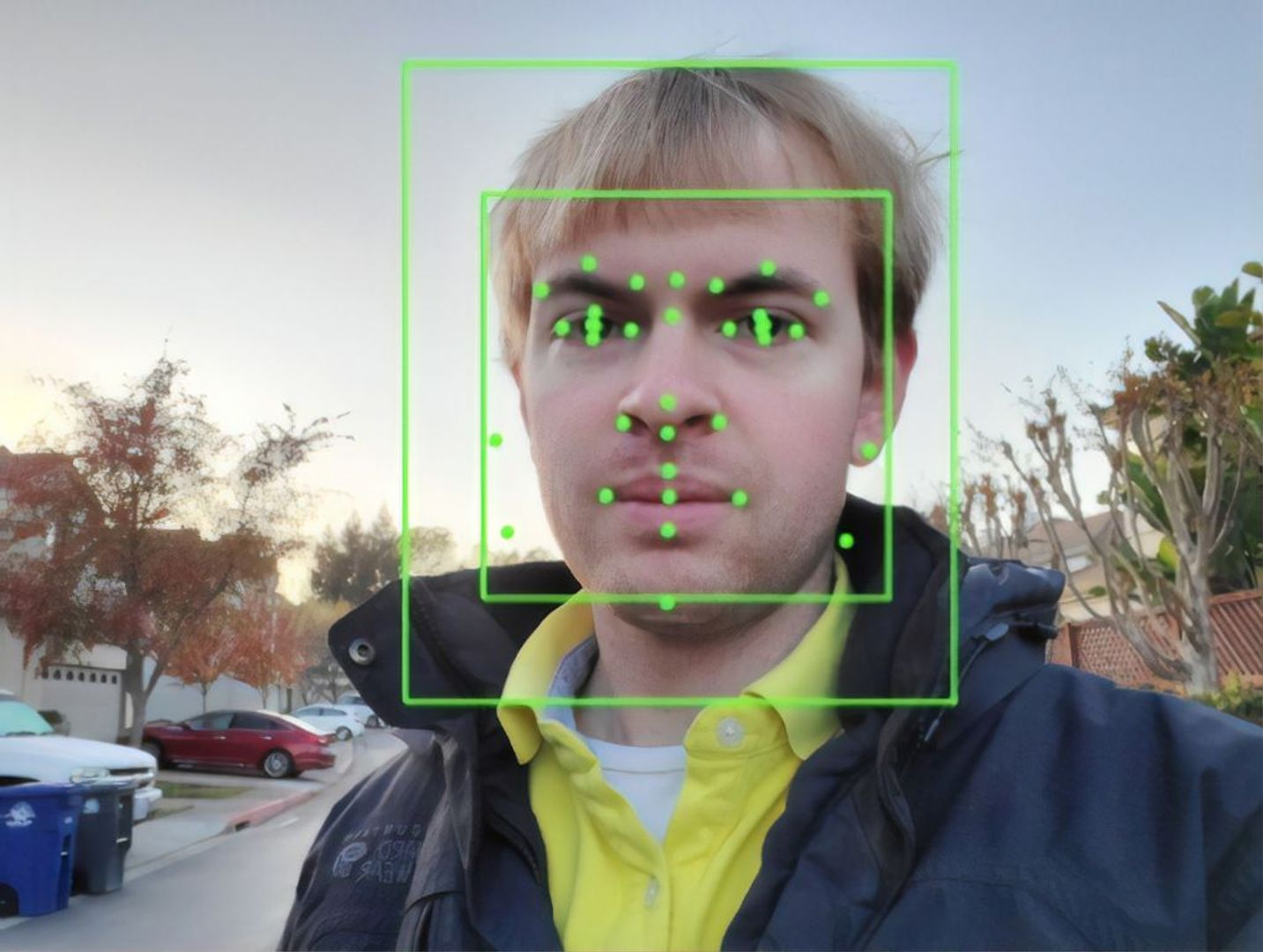






























![[Webinar] AI Is Already Inside Your SaaS Stack — Learn How to Prevent the Next Silent Breach](https://blogger.googleusercontent.com/img/b/R29vZ2xl/AVvXsEiOWn65wd33dg2uO99NrtKbpYLfcepwOLidQDMls0HXKlA91k6HURluRA4WXgJRAZldEe1VReMQZyyYt1PgnoAn5JPpILsWlXIzmrBSs_TBoyPwO7hZrWouBg2-O3mdeoeSGY-l9_bsZB7vbpKjTSvG93zNytjxgTaMPqo9iq9Z5pGa05CJOs9uXpwHFT4/s1600/ai-cyber.jpg?#)































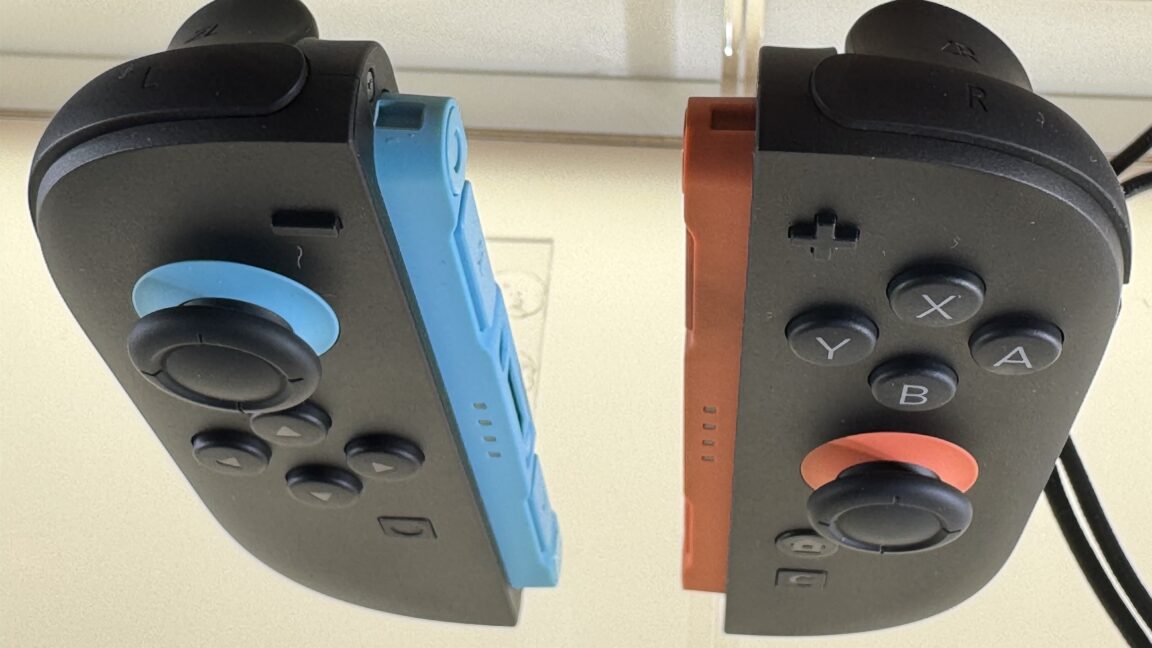







![How to Find Low-Competition Keywords with Semrush [Super Easy]](https://static.semrush.com/blog/uploads/media/73/62/7362f16fb9e460b6d58ccc09b4a048b6/how-to-find-low-competition-keywords-sm.png)



